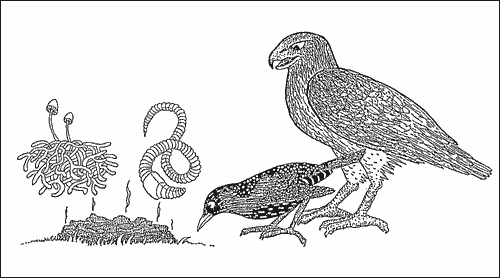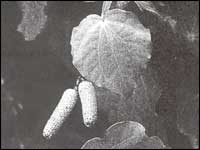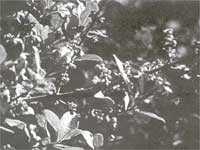Teacher Manual P 30
Science Level 4
Making Sense of the Living World
Created 21/09/2001
AO4 - Students can use simple food chains to
explain the feeding relationships of familiar animals and
plants and investigate effects of human intervention on
these relationships.
SLO - Students will be able to discuss and explain simple food chains available on Tiritiri Matangi.


